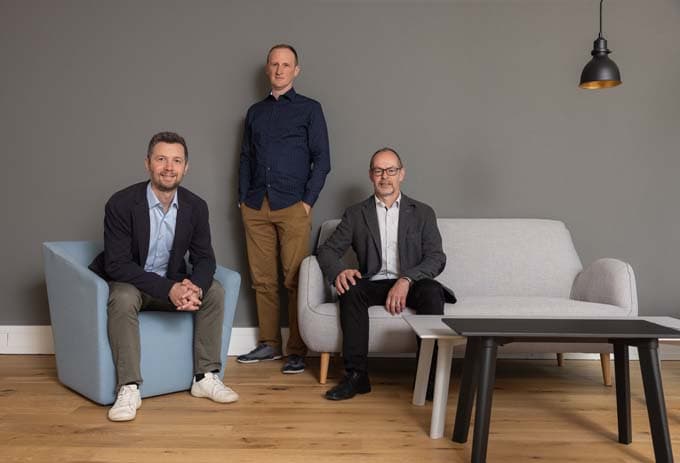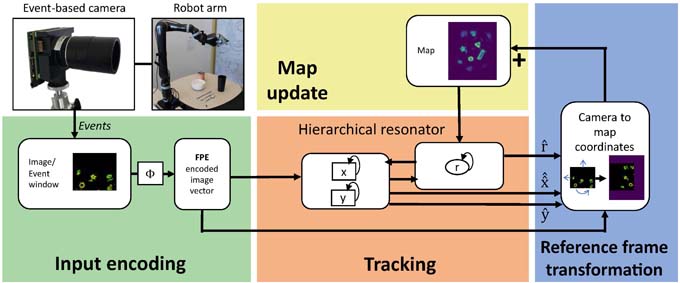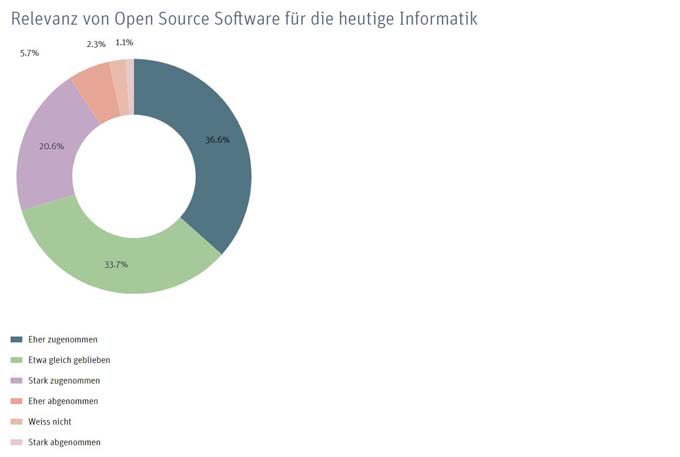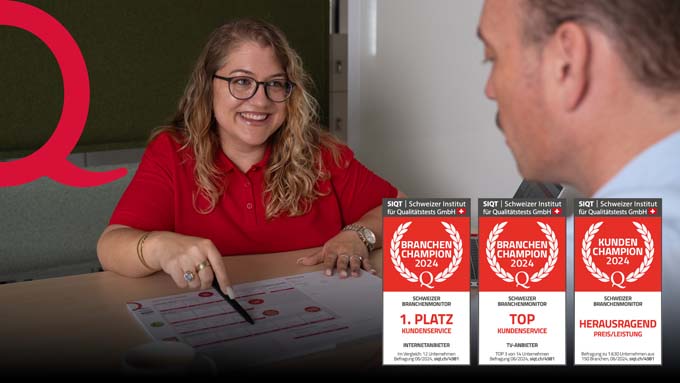Life Sciences Cloud improves the customer and patient experience with AI
The Life Sciences Cloud from Salesforce is now available. The AI-powered solution is based on the Einstein 1 Platform and enables pharmaceutical and medical technology companies to use data, automation and artificial intelligence to personalize interactions with patients and healthcare providers and increase the efficiency of clinical processes.
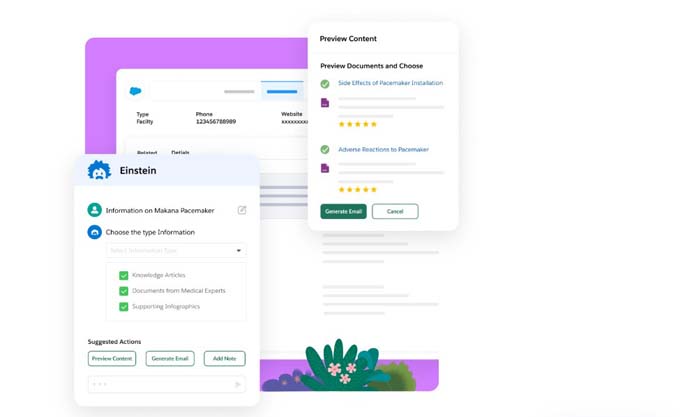
More efficient clinical trials
The recruitment of candidates is one of the most time-consuming parts of clinical trials, accounting for up to a third of the total duration. In around 80 percent of studies, it is also not possible to recruit enough patients. With the patient recruitment and enrollment functions, CROs (contract research organizations), study sites and sponsors can use generative AI to identify, qualify and assign qualified candidates to appropriate studies faster and with less manual effort using pre-screening. According to a recent Forrester study, 86% of decision-makers in the healthcare and life sciences industry are convinced that data and AI will be crucial to business success in the next five years.
Patient portals can also be set up to make studies more visible to suitable test subjects. Customizable electronic consents and assessment templates make the admission process more efficient. For example, Einstein Copilot, the AI assistant from Salesforce that can be controlled using natural language, can support clinics in patient segmentation - for example, according to distance of residence - based on existing data sources such as spreadsheets or electronic patient records, as well as in approaching suitable candidates.
The Life Sciences Cloud enables the provision of intelligent services for patients. These can be used according to the capabilities of the respective healthcare system.
More transparency and productivity for pharmaceutical and medical technology companies
The Life Sciences Cloud for Customer Engagement increases the efficiency and overview of collaboration and communication between pharmaceutical and medical technology companies and healthcare providers. It creates a complete overview of the relationships of marketing, sales and MSL (Medical Science Liasons) teams in pharmaceutical and medtech companies, helps to avoid redundant contacts and provides audit trails for compliance.
Offline, mobile, e-detailing and content functions give employees access to real-time data, analyses and the entire communication history directly in their work processes. For example, a pharmaceutical sales representative can show a presentation during an on-site appointment directly from her mobile device, even without Wi-Fi. She can share dynamic, relevant content such as brochures or videos and track their usage, for example how much time the doctor spends on certain sections of the presentation.
The Unified Data Platform for Life Sciences uses the Salesforce Data Cloud and MuleSoft for Life Sciences to create a complete, harmonized view of every patient and healthcare provider. It incorporates and links data from structured and unstructured sources such as emails, meeting notes, meeting minutes, scientific publications and product documentation into a common data model. This creates uniform patient profiles and allows interactions to be personalized. In this way, Salesforce supports the gradual development of ecosystems in the healthcare sector and the development of new business models.
"Against a backdrop of rising drug costs, frustrated doctors, insecure patients and regulatory controls, life sciences companies need to find ways to do more with less. AI opens the door for pharma and medtech companies to redesign their processes with a focus on the patient," says Frank Defesche, Senior Vice President and General Manager for Life Sciences at Salesforce.
Availability:
- The Life Sciences Cloud with functions for the recruitment and enrollment of participants in clinical trials, such as screening, electronic consent and simple random selection, is now available. AI-supported functionalities such as the matching of suitable candidates are expected to be available by the end of 2024.
- The Life Sciences Cloud for Customer Engagement is expected to be available in September 2025.
- The Unified Data Platform for Life Sciences, including the Data Cloud and MuleSoft for Life Sciences, is now available.
Source: www.salesforce.com










